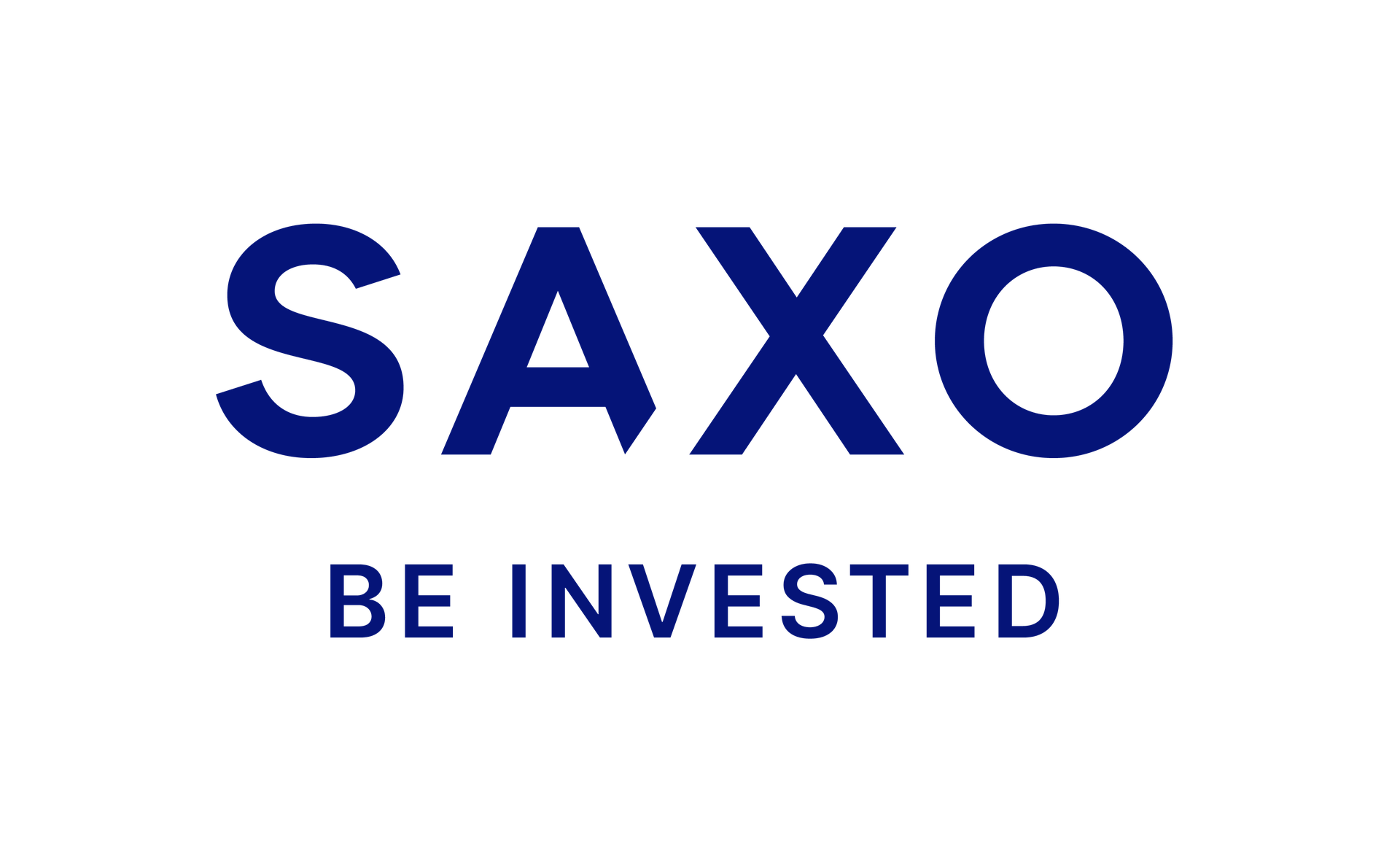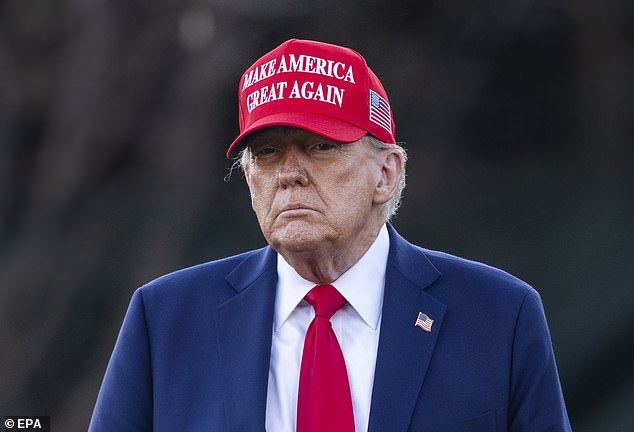This is huge. There is a sea change taking place in US political, military and economic policy and we are just beginning to catch a glimpse of the implications.
Some things are clear. Europe will have to spend far more on defending itself, the UK included.
Others are more opaque. We know world trade will be disrupted by tariffs, with China and the EU first in the firing line. But we don’t know to what extent Europe’s troubles will spill over here, despite our relationship with America being a darn sight better than it would have been were we still in the EU.
As for the US economy itself, it will be profoundly affected, with losers as well as winners. We are already seeing sharp falls in the shares of its ‘magnificent seven’ high-tech giants, and – few tears there – in cryptocurrencies, as the markets try to get to grips with the scale of the revolution.
So what should we expect? We have in these pages sought to identify some of the immediate consequences for UK savers and investors, for the Chancellor and for taxpayers, so let’s stand back and think how Donald Trump might fare in the months ahead.
Start with the obvious. US military policy is set for four years, almost certainly much longer, and its commitment to defending Europe will be much weaker.

On a mission: How might Donald Trump fare in the months ahead if he keeps on his present course?
This does not mean we have to go on a war footing. This is not 1938. But it does mean Britain, and Europe must rethink the role of government. So more military spending, less on everything else at a time when the public purse is under strain already.
What we don’t know is whether this also means governments will borrow more and, if they do, what the implications will be for long-term interest rates.
My guess is that we will end up with more inflation, but that really depends on other forces, especially what happens to US fiscal and monetary policy.
On that, we know very little. We know what Trump would like to do – cut taxes, cut government spending, cut the deficit, cut inflation, and hold down interest rates. But of course these are conflicting objectives, and in any case he will be constrained by the financial markets. They can wave a bigger stick than he can.
Trade policy is in a further league of uncertainty. The US can impose tariffs. It has a history of protectionism going back 200 years. But while tariffs may help some local firms, they hurt consumers at home who have to pay more for foreign goods.
So while Trump has a point when he attacks the EU and China for building up huge surpluses in their trade with America, it’s his own citizens who are buying all that imported stuff.
And many US enterprises, including the high-tech giants, rely on components from abroad. They will be hit too.
So here’s the tough question: what will constrain American policy? This is a revolution. Make no mistake about that. But even this revolutionary president is not all powerful, for he has to live with three forces that are more important than he is.
One is global finance. The markets are already fearful, marking down US share prices. Only one of the magnificent seven, Meta, the owner of Facebook, is up this year, while Elon Musk’s Tesla is down a whopping 25 per cent. If these twitchy markets broaden into something worse – a bear market or perhaps a sharp fall in the dollar – then the Donald gets the blame.
The second leads on from this. The leaders of high-tech America have cuddled up to the new president. If they start to lose their wealth their ardour will cool, and if they demand changes in policy they will at the very least get a hearing.
Third, there are American consumers, who are already worried. If, faced with resurgent inflation, they cut back spending, the US economy could tip into recession. Economists are starting to see signs of weakness.
Disruption makes for great television, and some of the things Trump is doing are justified. The rest of the world must live with that. But it also carries economic costs, and we will see many more of those in the months ahead.
DIY INVESTING PLATFORMS

AJ Bell

AJ Bell
Easy investing and ready-made portfolios

Hargreaves Lansdown

Hargreaves Lansdown
Free fund dealing and investment ideas

interactive investor

interactive investor
Flat-fee investing from £4.99 per month

Saxo

Saxo
Get £200 back in trading fees
Trading 212
Trading 212
Free dealing and no account fee
Affiliate links: If you take out a product This is Money may earn a commission. These deals are chosen by our editorial team, as we think they are worth highlighting. This does not affect our editorial independence.
This article was originally published by a www.dailymail.co.uk . Read the Original article here. .

